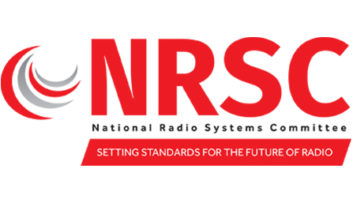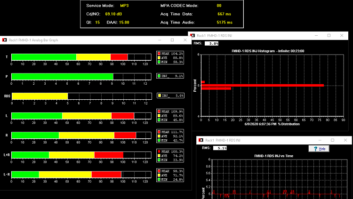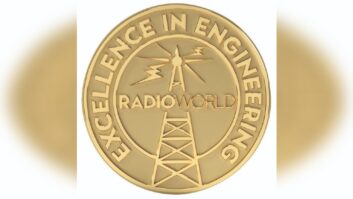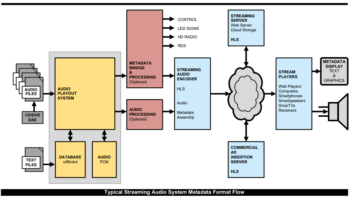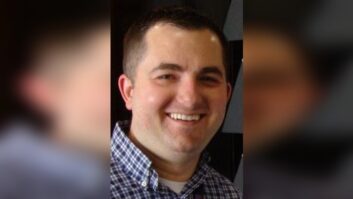LOS ANGELES � The National Radio Systems Committee recently published a new set of standards and best practices with respect to the configuration, alignment and maintenance of HD Radio transmission systems, which you can see here.
I had a chance to speak with Alan Jurison by phone and asked him about what he feels are the biggest takeaways from this new NRSC document.�
�I think the biggest takeaway from this new document is it really combines a lot of engineers and different companies across the industry and their experience over the years with HD implementations, what’s worked best with everyone’s experiences and what installations we’ve had challenges with. The big takeaway from a systems architecture standpoint is the concept of the exporter being somewhere other than transmitter site. Often the exporter is located at the studio site and uses an E to X [exporter to exciter] link over some sort of network connection like a LAN or WIN bridge or a T1, etc. The entire industry has decreed that there’s really no way to get that within the zero samples, plus or minus three samples without some sort of automated corrective system in place.
�The new document goes into a variety of solutions that are on the marketplace now. Those are all discussed, and they’re even shown in the document where you would put an alignment device. That’s all important � we’ve talked about this, but we’ve never really specifically shown okay, here’s how your station looks and here’s what’s wrong with it, and here’s how you can fix it.
�I also recommend that, if you have the ability to do it, co-locating the exporter and the exciter at the transmitter site is the best practice. It eliminates a lot of the issues that cause the drift.�
I asked Alan how he would characterize the performance of most HD Radio stations. �Do you think there has been some progress made along these lines, or do you think that say half or more of the stations in the country still need a lot of attention when it comes to this bigger aspect of HD?�
�Early on, when I was trying to get the attention of the industry, we did some market wide scans, and we did some in Los Angeles,� said Alan. �We found three-quarters of the stations or more were out of tolerance, and I suspect if we did the same analysis today, we’d probably get very similar results. Maybe not necessarily in the largest markets, where I think I think a lot of the directors of engineering have been able to go out and get either an alignment device or at least some of the new alignment measurement tools, which are significantly different than the tools we used ten years ago. With the new tools we have a fighting chance of actually setting the delay right in the first place and actually looking at it. I would say, for the most part, most stations still have quite a few problems and the industry is, I think, aware of it, but hasn’t necessarily come back to reinvest in their air chains to actually fix the problems.�
�Getting an alignment device is really the best way to manage the delay, or in the case where the station doesn�t have money for an alignment device, to get at least one measurement device for your market,� said Alan. �Monitor multiple stations with one device so that at least you can keep you aware of it.��
In the June 2016 issue of Radio magazine, we published an article by Alan Jurison entitled��The Need for Automatic Alignment of HD Radio Diversity Delay.���





